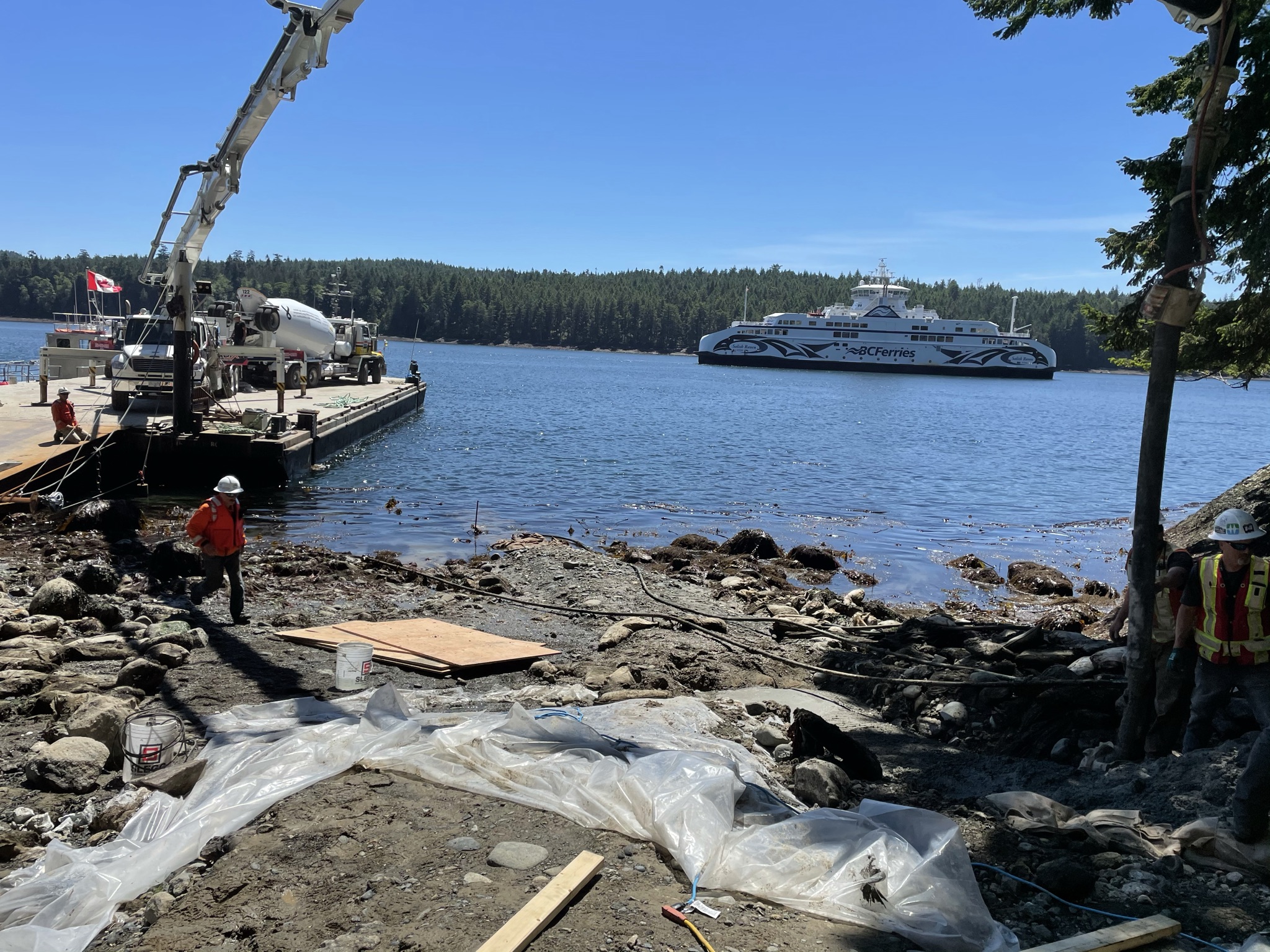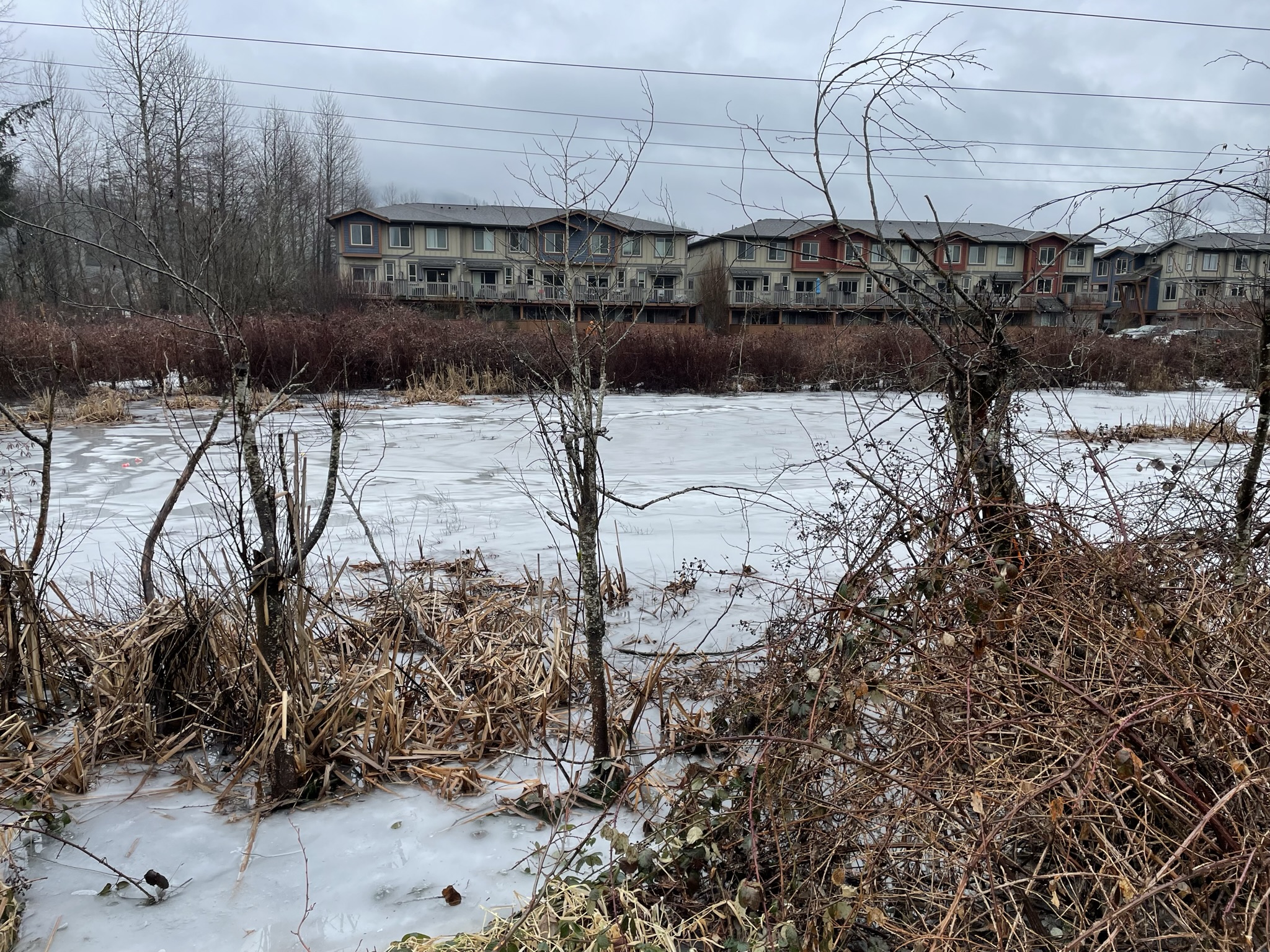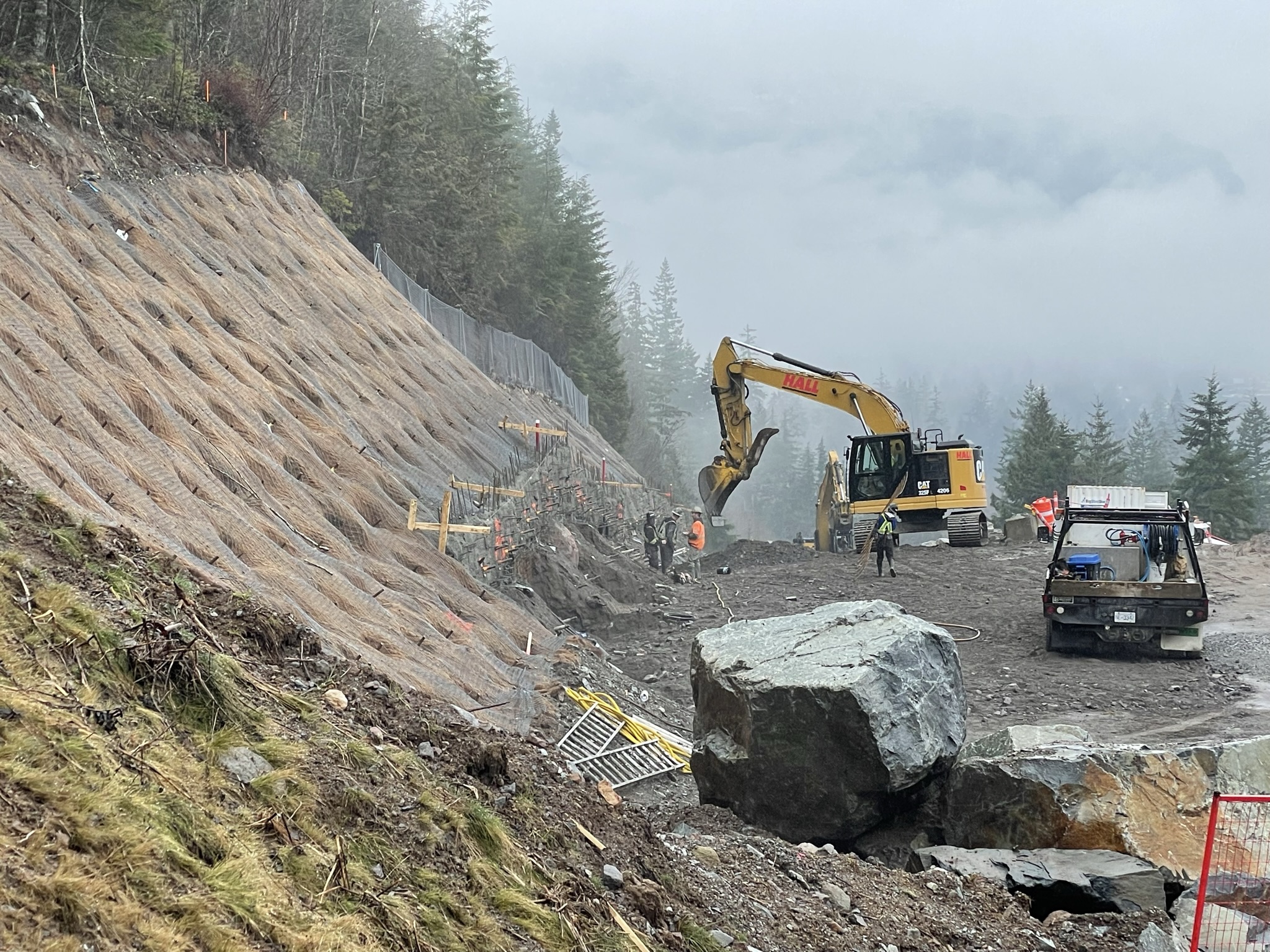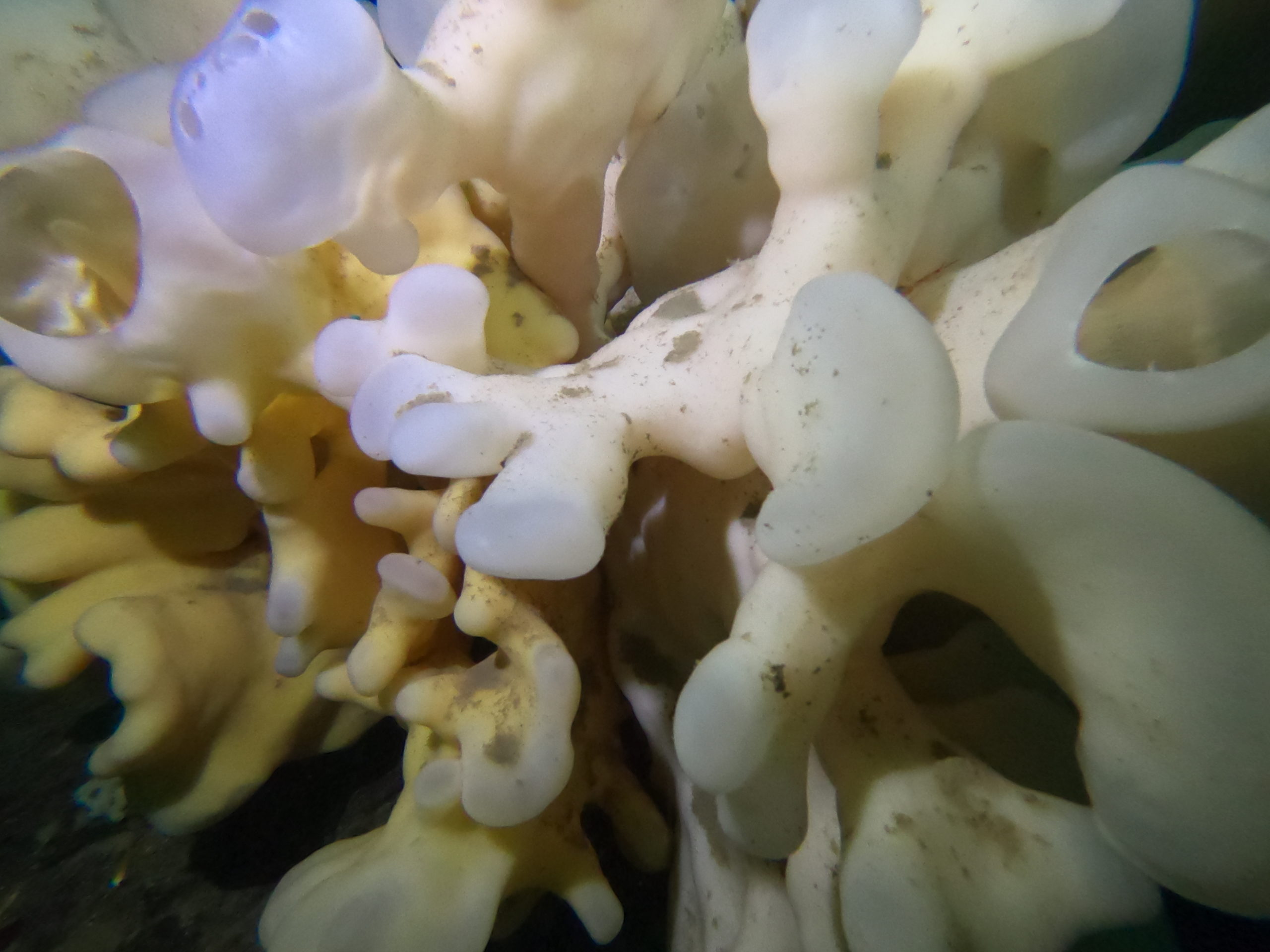Working Around Water
LTE provides Qualified Environmental Professionals (QEP’s) to assesses your development for compliance to acts and regulations when water is nearby. Ensuring environmental compliance to your project takes several approaches. Early involvement of a QEP in your project helps to identify permitting requirements and to guide design according to environmental restrictions and considerations.
Legislation guiding development near water addresses many types of impacts from development on aquatic ecosystems. It is illegal under the federal Fisheries Act to cause the death of a fish or the “harmful alteration, disruption or destruction” (HADD) to it’s habitat. Further, other aquatic species may be protected under the Species at Risk Act. This is governed in several ways, including timing windows for work and “codes of practice” for specific types of activities including beaver dam removal. Where habitat impacts are unavoidable, often a project may not be approved or impacts must be offset through restoration. These types of projects require a Fisheries Act Authorization to proceed. A Qualified Environmental Professional (QEP) will provide advice to avoid a HADD or the death of a fish.
The term “HADD” is also considered provincially in the Riparian Areas Protection Regulation (RAPR) with the intent to provide setbacks and on-the ground measures to maintain functioning riparian ecosystems to maintain the integrity of fish habitat. Riparian areas are the vegetated areas next to streams, lakes and wetlands that provide many important ecological functions that benefit fish. Developments that trigger a RAPR can range from a new deck or addition to a multifamily development are all subject to the RAPR where it applies. Setbacks and measures are determined by a QEP, and are integral to the development process from design to post-construction site restoration. For example, sediment and erosion must be managed when working near water to avoid polluting waterways. Although a provincial regulation, the RAPR is linked to Local Government development approval processes. LTE provides RAPR services for small to large developments as well as construction monitoring to ensure the development does not cause a HADD to fish and fish habitat.
Further layers of protection are offered to waterbodies defined under the provincial Water Sustainability Act (WSA) and in local government bylaws. A WSA Notification is required for low-risk activities and must be submitted a minimum of 45 days before works proceed. Change Approvals involve more complex projects and are considered higher risk, and take much longer for provincial review. Local government controls over protection of the aquatic environment vary by region, with many including wetland protection, shoreline protection, and terrestrial ecosystem protections in bylaws, rezoning, and development approval processes.
Links to more information:
Timing Windows for working around Water
Fisheries Act: Projects Near Water website
Riparian Areas Regulation – Guidebook For Waterfront Home Owners & Property Developers
Water Sustainability Act- A Users Guide for Changes In and About A Stream in British Columbia





